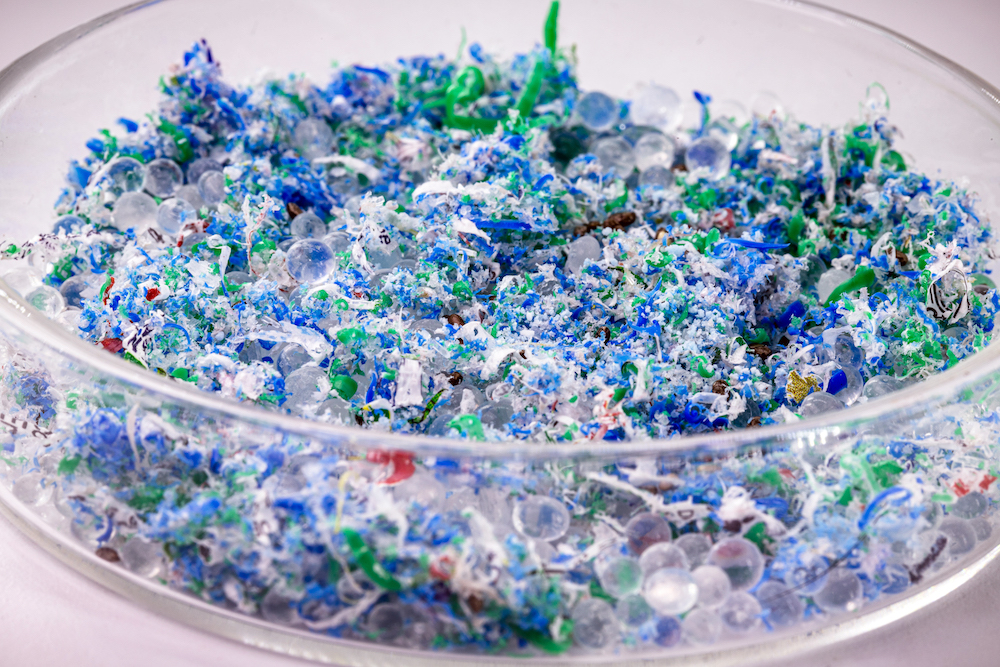Microplastics in our cosmetics

Despite many measures, plastic pollution remains a significant problem. Plastic can be found in numerous places, including oceans, which is alarming. Microplastics are also being detected in more locations, including our cosmetics. Should we be concerned? We’ll discuss it in this new article!
What do microplastics do in our cosmetics?
Microplastics are present in cosmetics because they can help makeup adhere better and prevent it from wearing off too quickly. They can also provide waterproof properties to certain products. These microplastics often serve essential functions in cosmetics, which consumers gladly take advantage of.
Why are there concerns about microplastics?
Despite the essential role of microplastics in makeup, plastic in general, and especially microplastics, is a cause for concern. There have been alarming news reports recently. In addition to oceans being heavily polluted with plastic, microplastic particles have been found in placentas. It’s quite unsettling when you think about it, and microplastics have also been detected on food. The potential harm caused by these microplastics is difficult to determine. Some microplastics contain harmful substances that can disrupt hormones. Fortunately, our overall exposure to microplastics is relatively low. Nevertheless, there are concerns because little is known about the health effects, and it’s currently not possible to measure the amount of microplastics in a person’s body.
Should you buy cosmetics without microplastics?
Although makeup containing microplastics is currently considered safe, making conscious choices when purchasing cosmetics is wise. This way, you consider the environmental impact and potential negative health effects. You can choose to buy some of your makeup products free of microplastics while keeping others as they are—it’s entirely up to you.
Tips for cosmetics without microplastics
If you prefer to purchase cosmetics without microplastics, there are options available. Some brands produce cosmetics without adding microplastics. You can look for specific environmental labels, such as the European Ecolabel or the Nordic Swan, which indicate eco-friendly characteristics. Additionally, there are cosmetics made solely from natural ingredients, which often exclude microplastics. These products often bear the COSMOS Organic logo.
By being aware of the presence of microplastics in cosmetics and making informed choices, we can contribute to reducing their impact on the environment and potential health risks.


